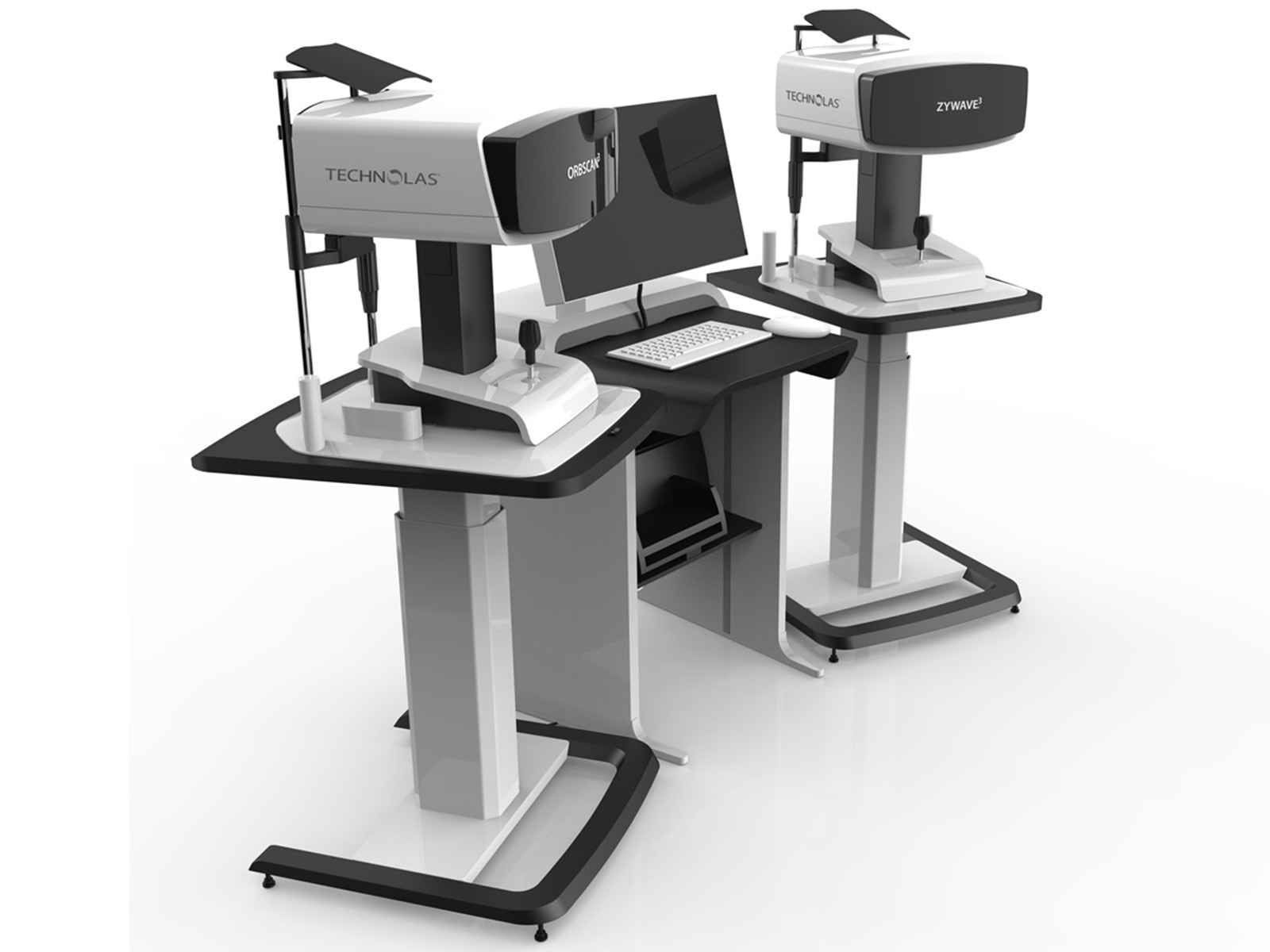
The patient’s medical history and systemic medications were noncontributory. Posterior segment findings as reported from a recent dilated fundus examination (DFE) from her primary eye care provider, a corneal specialist, showed normal posterior segment findings. All other findings, including pupils, and extraocular motility (EOM) were found to be normal. The patient’s intraocular pressure (IOP) with Goldmann applanation tonometry (GAT) was 15 for each eye. No corneal scarring or neovascularization was noted for either eye. Slit lamp examination (SLE) corneal findings showed mild apical thinning and steepening, with Vogt’s striae and positive presence of a Fleischer ring for each eye. No edge staining was noted on the conjunctiva after PD removal for either eye however, there was moderate rebound hyperemia which was concerning for suction with PD wear. The fit for each PD was found to have adequate corneal and limbal clearance throughout.

Case PresentationĪt the patient’s routine follow-up appointment, their chief complaint was that of persistent “blur”, “doubling”, and “ghosting” of vision with their PROSE devices, worst at nighttime and with left worse than right eye.Įntering best corrected visual acuity (BCVA) with PROSE: Although this was a notion which the patient was able to forgo for years since their diagnosis, they anticipated that this may be the next appropriate step in their vision journey to restore their visual function so they may meet their daily visual demands. The patient had been advised in the past that should vision improvement be limited with specialty lenses, they may have to consider a corneal transplant. They were motivated to better their vision to improve their daily visual function. The patient’s profession in health care and management had a high vision demand. Prior to wearing their PROSE devices, they had tried and failed with all varying types of CL modalities including corneal gas permeable (GP) lenses, hybrid CLs, and other scleral lenses. They initially underwent PROSE treatment in 2017 and continued with daily wear of their PROSE devices for visual function. Case Report Patient HistoryĪ 54-year-old Caucasian with ocular history of bilateral KCN presented to BostonSight for follow-up. Wavefront-guided optics corrected for their residual HOAs, which significantly improved the patient’s visual function and deterred their interest in pursuing invasive corneal transplant surgery. This report reviews the case of a patient with keratoconus, who had limitations in vision due to residual HOAs. 6 As HOA correction with scleral lenses through wavefront-guided optics becomes increasingly available, practitioners will be able to offer enhanced visual function, which could potentially further reduce the need for corneal transplants in the KCN population. With the exponential growth of scleral lens wear and technological advances in the industry in recent years, there has been a reduced need for corneal transplants.

Other scleral lens designs have demonstrated capability to offer wavefront-guided correction as well. With PROSE, customizability in correction for HOAs through wavefront-guided optics is possible. The PD used in PROSE treatment functions like that of a scleral lens, as it is made of a clear rigid-gas permeable material that is filled with preservative-free saline and applied to the ocular surface and rests on the sclera. Prosthetic replacement of the ocular surface ecosystem (PROSE) is a treatment that uses a highly customizable scleral lens, deemed a prosthetic device (PD), for the management of irregular corneal shape and ocular surface disorders.

2–4 Wavefront-guided correction allows for customized optics at the front surface of contact lenses (CLs), including scleral lenses to correct for a patient’s specific HOA profile. A patient who continues to be affected by HOAs with scleral lens wear may report symptoms of “ghosting”, “shadowing”, or “doubling” of their vision. Scleral lenses also correct for some degrees of higher order aberrations (HOAs) however, patients may continue to experience visual distortions from residual HOAs. It is well-understood that, by providing a smooth refractive surface, scleral lenses have the capacity to correct for visual distortions caused by corneal irregularity. With keratoconus (KCN) being the most common indication for scleral lenses, patients often experience a significant improvement in visual function with wear. Scleral lenses have an astounding ability to provide patients with the gift of sight, often allowing them to regain their lives.


 0 kommentar(er)
0 kommentar(er)
